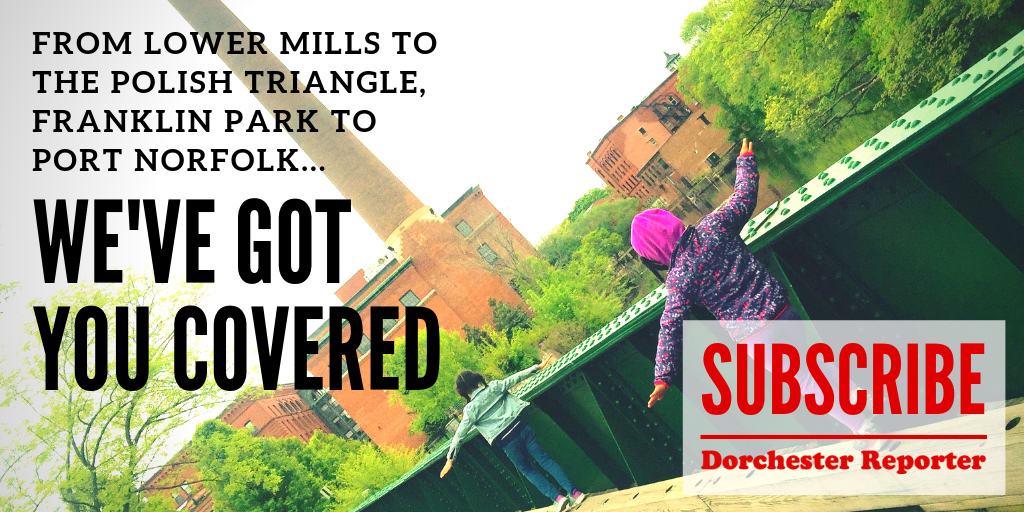March 7, 2024

What’s not to like about Dorchester’s signature housing, the three-decker?
On your floor, you get two porches, a living room, a dining room, a kitchen, a bathroom, two or three bedrooms, and a back yard. Many came equipped with a beautiful stained-glass window on one wall and a built-in china cabinet in the dining room.
In their heyday, three-deckers were built in many communities in Eastern Massachusetts, in Worcester, and in Connecticut and Rhode island, and even Manchester, NH. There were upwards of l15,000 of them in the Boston area, with Dorchester having the most.
It should come as no surprise, though, that that the anti-immigrant groups of an earlier era — like the Massachusetts Civil League and Immigration Restriction League— campaigned a hundred and more years ago to ban any more three-decker construction.
In 1911, the Massachusetts Civil League wrote: “Foreigners are coming in increasing number, and with them are also coming … the wooden “three decker,” which besides being objectionable on other grounds, is a flimsy fire trap and a menace to human life.”
I say that it’s people who say things like that who are the real menace to human life. By the late 1920s, it was almost impossible to build a three-decker in Massachusetts communities.
That’s too bad. With three units, the owner could rent to relatives or friends who needed housing. It’s a little counter-intuitive, but three-decker owner occupants often made less than single-family homeowners, as they needed the rents to meet the mortgage.
Al Mickiewicz, who lived in a three-decker in Uphams Corner, told me of Polish weddings with the band on the second floor and all the guests on all three-floors. So, a three -decker could double as a low-cost wedding hall! Three-deckers were a step up from the tenements of the West End, North End, and South End that had no porches, no back yards, no space between the housing units.
My family has had its time in three-deckers. My wife Judy was born into one on Leslie Street. When her family was up to five of their six children, somehow her three-year-old sister Susan got loose from the back yard. A kind lady brought her to the District 11 Police Station— which was then on Adams Street. The lieutenant on duty took charge of the child, who just happened to be his granddaughter! Imagine Judy and Susan’s mother’s embarrassment when he called his daughter-in-law and asked, “How are the kids, Martha? How’s Susan?”
I lived in two three-deckers on Edison Green— just off Dot Ave, one block down from Columbia Road. Those two were not-so-glorious, as they were run into the ground by the notorious slumlord George Wattendorf and eventually torn down, to be replaced by the Kit Clark Senior Housing.
Soon after we were married in 1986, we moved to a three-decker on Percival Street and my daughter Sophia was born there in 1987.
The washing machine and dryer were in the basement, and we were on the third floor. And we had cloth diapers (remember those?) so I easily got my exercise just going up and down and up and down on the diaper-washing run.
Time traveling fascinates a lot of us when we read novels about it or see movies about. On my list for time traveling is going back to Dorchester in 1910 when all these three-deckers were being built. There must have been hundreds of huge, horse-drawn wagons taking a forest worth of lumber for these dwellings. I wanted to be there to see that.
We have an incredible housing crisis. So, let’s build more and more glorious three-deckers and don’t forget the porches.
Lew Finfer is a Dorchester resident and a frequent contributor to the Reporter.


